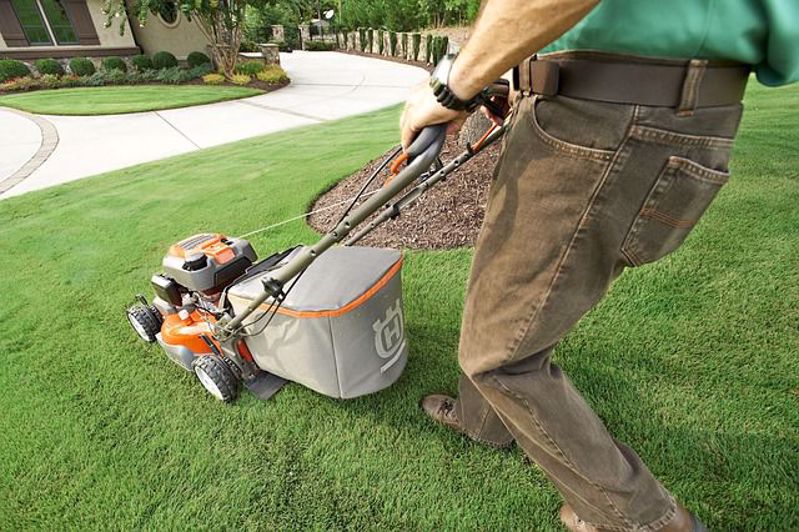With a Lowes Money Saving Coupon from We Are Coupons your lawn can look amazing all summer. A vibrant, green lawn is the epitome of a well-maintained outdoor space. However, maintaining a lush and healthy lawn during the summer months can be challenging. Hot weather, water restrictions, and increased foot traffic can all take a toll on your lawn's appearance. But fear not! In this article, we will discuss ten effective ways to keep your lawn green and thriving throughout the summer. From proper watering techniques and regular mowing to fertilization and weed control, these strategies will help you achieve a beautiful lawn that stands out in the neighborhood.
Water Efficiently
Proper watering is crucial for maintaining a green lawn. Water deeply and infrequently, preferably in the early morning or late evening to minimize evaporation. Aim for about one inch of water per week, including rainfall. Use a sprinkler system or a soaker hose to ensure even coverage, avoiding runoff. Consider investing in a smart irrigation system that adjusts watering based on weather conditions and soil moisture levels.
Mow at the Right Height
Set your lawn mower to the correct cutting height to promote healthy growth and discourage weed development. Generally, cool-season grasses should be mowed to a height of 2.5 to 3 inches, while warm-season grasses can be mowed slightly shorter, around 1.5 to 2 inches. Avoid cutting more than one-third of the grass blade's length at a time to prevent stress and scalping.
Fertilize Regularly
Feed your lawn with a balanced fertilizer to provide essential nutrients. Apply fertilizers according to the recommended schedule for your specific grass type, typically in early spring and late summer. Consider using slow-release or organic fertilizers to ensure a gradual nutrient release and minimize the risk of burning your lawn.
Aerate the Soil
Compacted soil can hinder water absorption and nutrient uptake by the grass roots. Aerating your lawn allows for better air circulation, water penetration, and root development. Use a manual or mechanical aerator to create small holes in the soil, especially in high-traffic areas. Follow up with overseeding to promote new grass growth.
Control Weeds
Weeds compete with grass for water, nutrients, and sunlight, resulting in a patchy and unhealthy lawn. Implement a proactive weed control strategy by applying pre-emergent herbicides before weed seeds germinate. Spot-treat any existing weeds using post-emergent herbicides or manual removal. Maintain a thick and healthy lawn to naturally crowd out weeds.
Provide Adequate Shade
Grass can struggle to thrive in areas with excessive sunlight and heat. Create shade by planting trees or installing shade structures like pergolas or umbrellas. This helps to reduce water evaporation and minimizes the risk of heat stress on the grass. Be mindful of the shade placement to ensure that it doesn't deprive the grass of essential sunlight.




